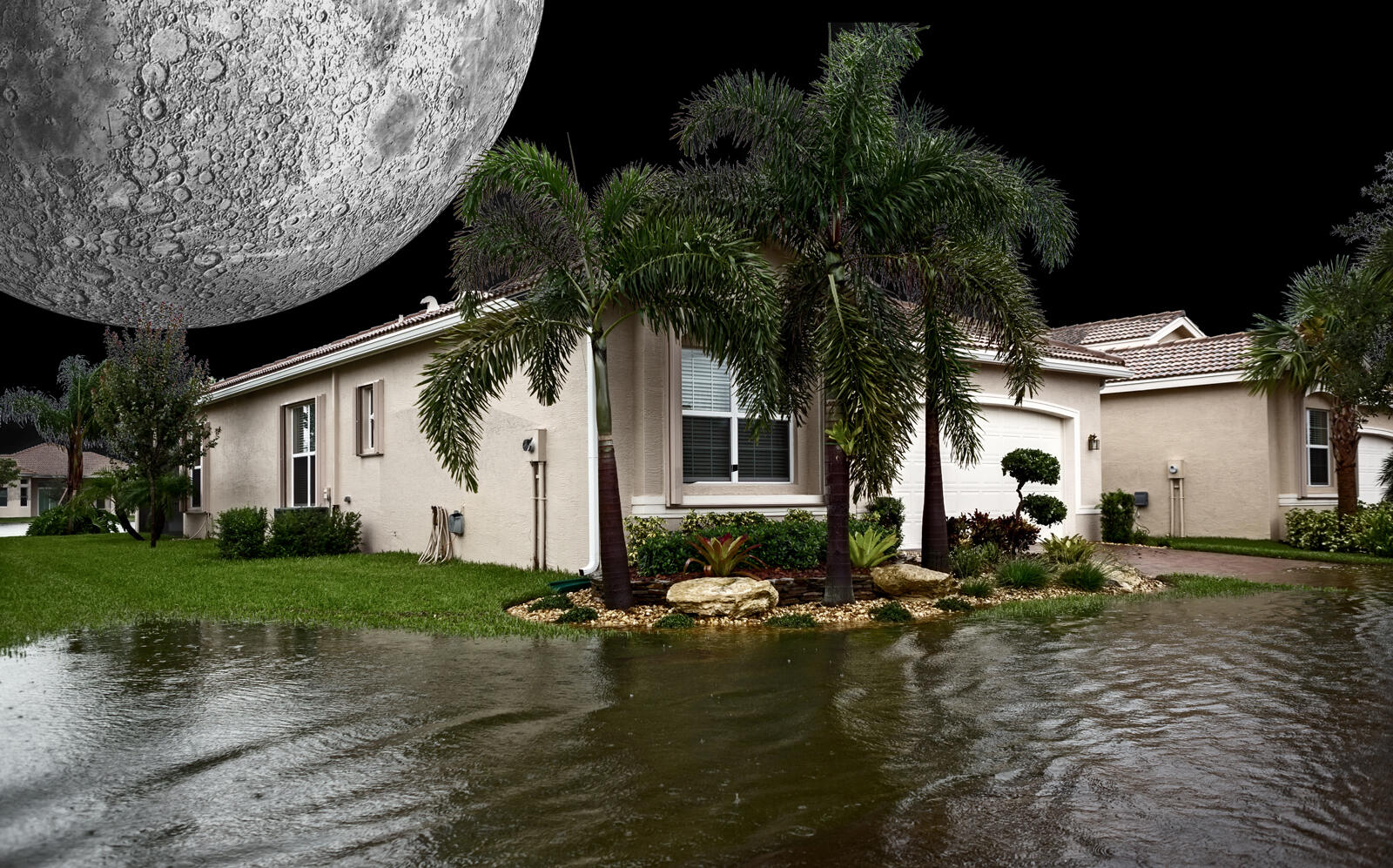Trending
High tides are flooding coastal communities with record frequency
Insurers, listing services begin to note potential impact on home values

As sea levels rise, coastal communities prone to flooding are not only threatened by storm surges, but also the moon.
Last year, there were twice as many high-tide flooding days — defined as days when tides are 1.75 to 2 feet above the daily average high tide — than there were 20 years ago, according to the National Oceanic Atmospheric Administration.
Storms used to be the main cause of flooding, but now the full moon’s gravitational pull as well as changes in wind and currents can also lead to more flood days that can damage infrastructure and homes.
Homebuyers and developers in coastal areas like South Florida and the Hamptons appear generally unconcerned about flooding. Both locations are experiencing housing booms even though many of the homes being sold are in high-risk zones.
But not everyone is ignoring the threat. Insurers have taken note of the environmental emergency and raised their insurance premiums for homes with high flood risk.
Redfin and Realtor.com now release data on flooding for the homes listed on their sites, reasoning that as flood risk becomes more common, particularly over the course of a 30-year mortgage, it can impact home value.
As climate change warms the atmosphere and glaciers melt, raising sea levels, high tide flooding is expected to be a much more dangerous and prevalent occurance in coastal comunities.
The number of flood days increased dramatically in the southeast atlantic and gulf coasts. Fourteen locations along these coasts either tied or set new records last year and experienced a 400-1100 percent increase in high tide flooding than in 2000.
Locations that would only flood 2-3 days each year twenty years ago, experienced more than 20 days of high tide flooding last year, according to the report. The number of flood days is only expected to accelerate without new flood defenses.




